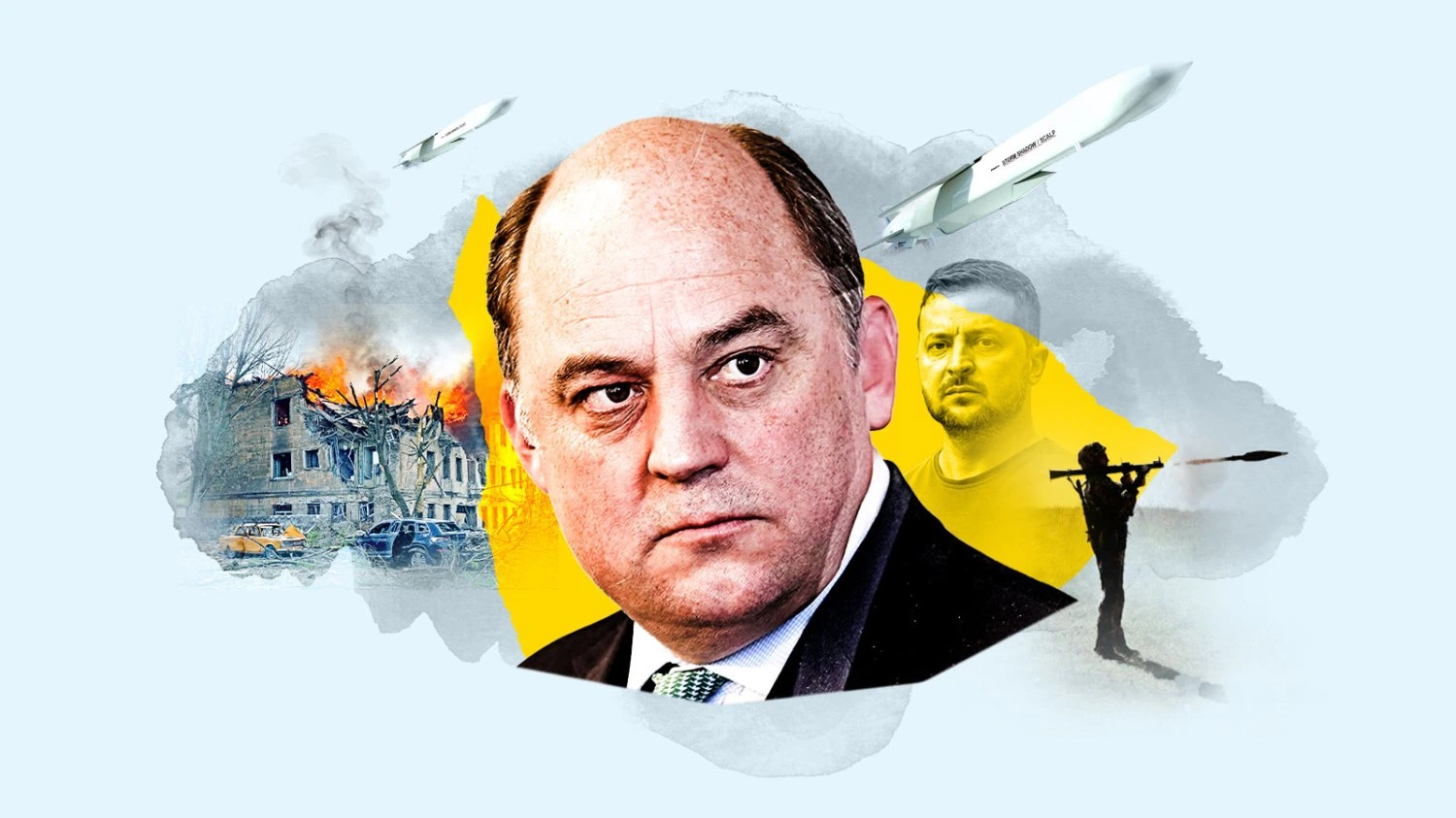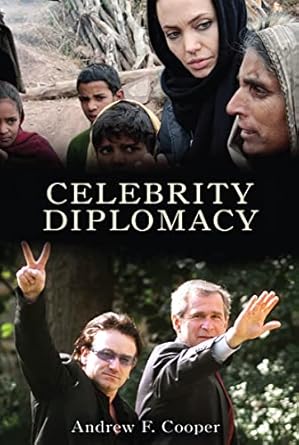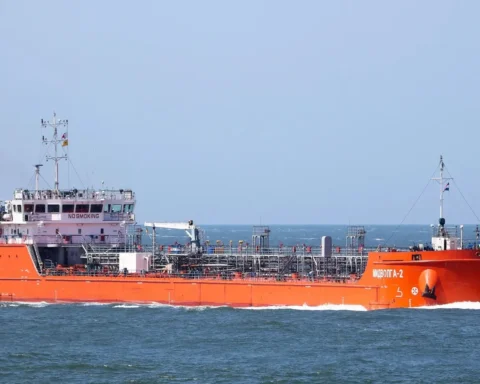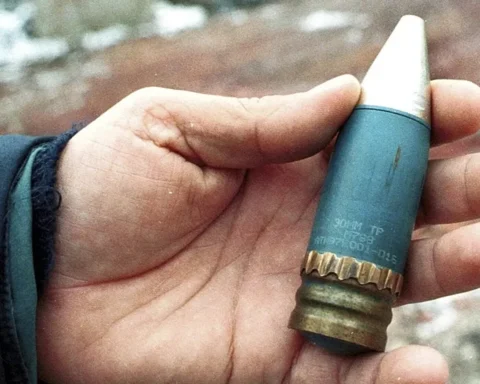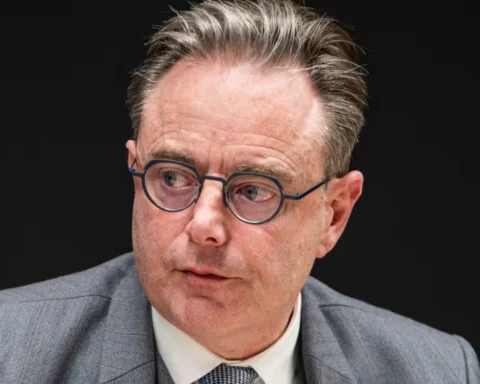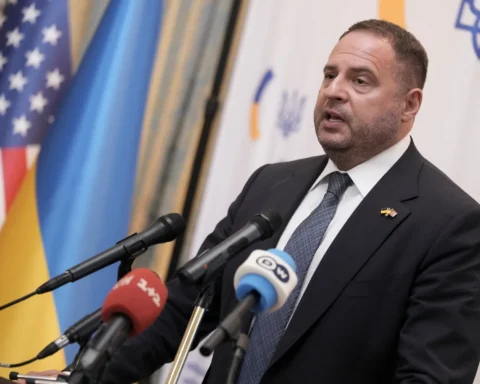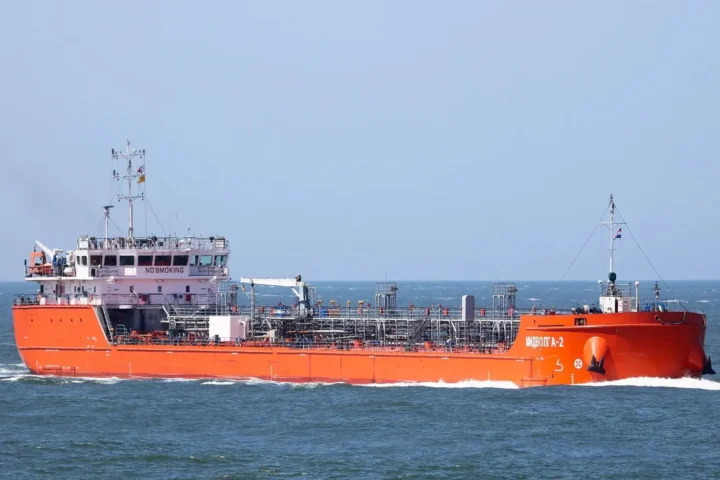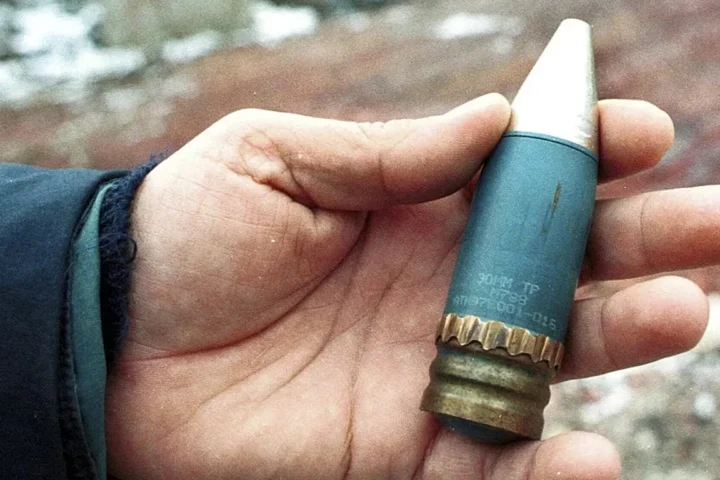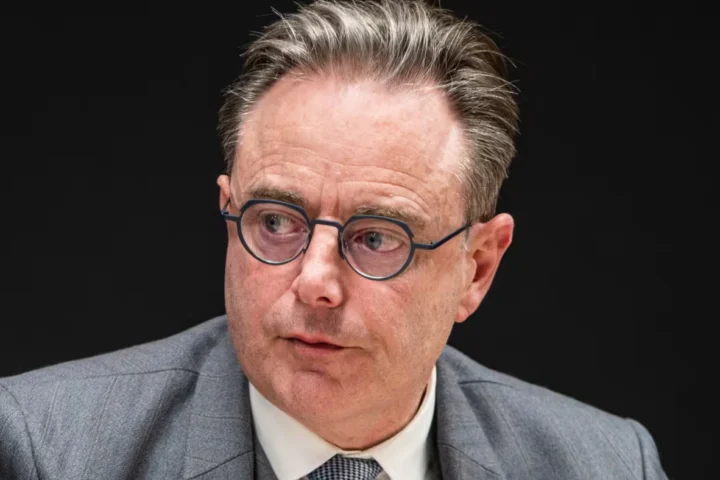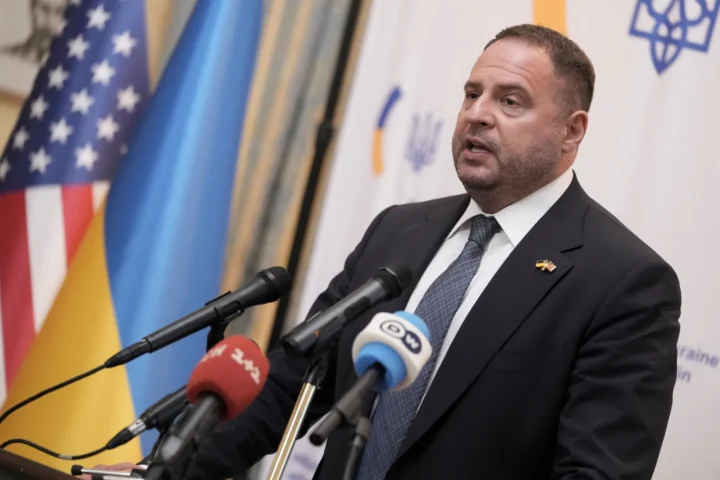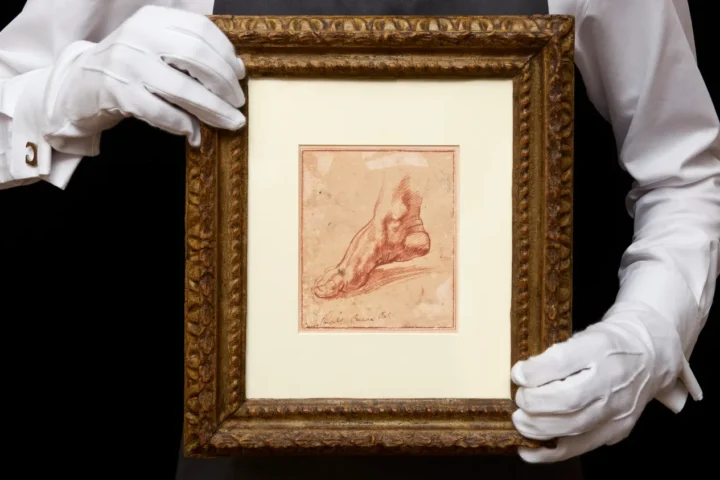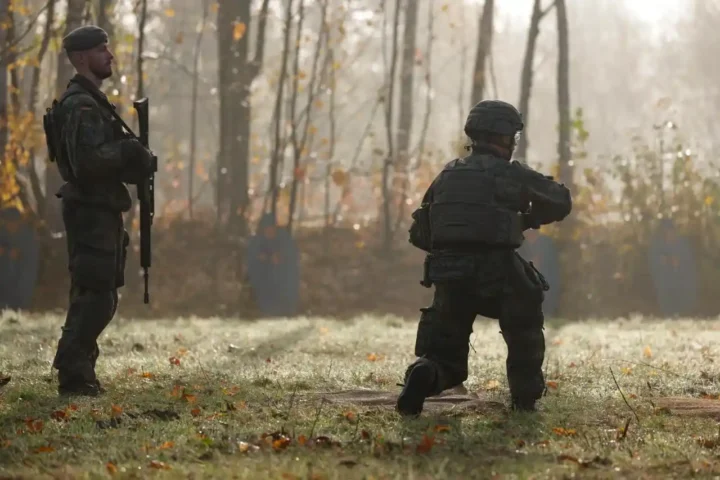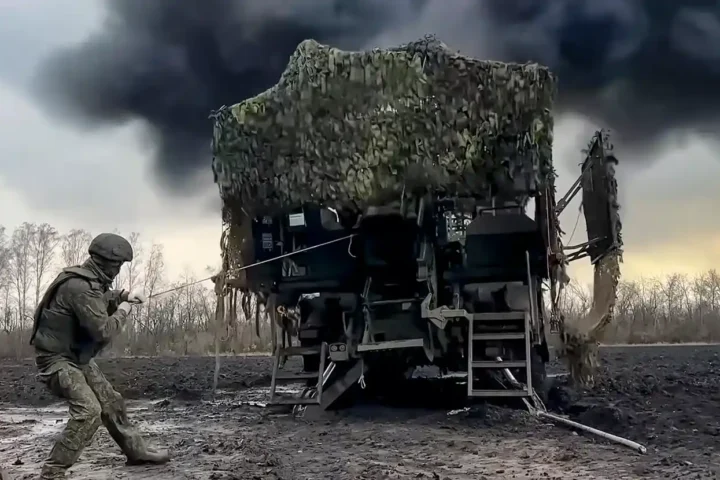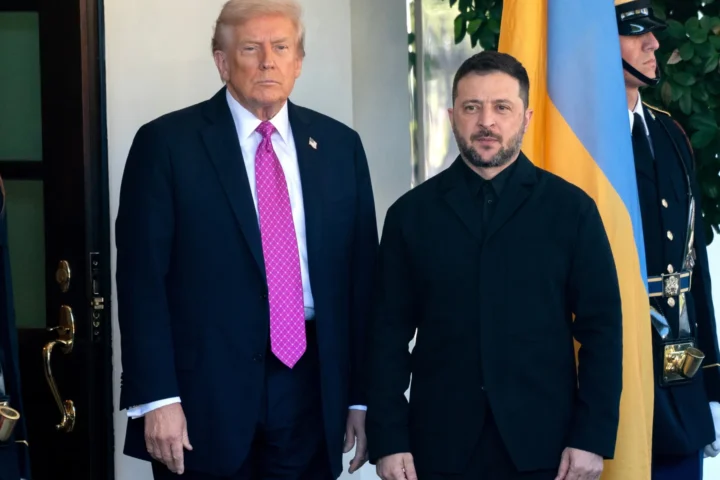A recent report by The Times has lifted the veil on a story that until now had only circulated in closed diplomatic circles: the United Kingdom played a far deeper role in the war in Ukraine than even well-informed observers believed. It wasn’t just about supplying weapons or moral support — the British involvement encompassed strategic planning, intelligence sharing, on-the-ground cooperation, and crucial political mediation at key moments.
Generals, Trains and Diplomacy: How the British Held the Alliance Together
Generals Tony Radakin, Roly Walker and Jim Hockenhull emerged as the informal architects of Western support for Ukraine. Their efforts went far beyond London: they held long meetings in Kyiv, helped coordinate allied positions, and in moments of crisis, worked to prevent a fracture in the alliance. One symbolic moment was Radakin’s secret trip to Kyiv on a Soviet-era night train to meet General Zaluzhnyi and personally explain Ukraine’s position to the Americans. The trip was unannounced; Radakin crossed the border in civilian clothes.
The contrast with the United States was stark. Washington supplied advanced weaponry and intelligence but remained physically distant, wary of provoking escalation. American officials rarely visited Ukraine, mostly staying in Poland or on allied bases. British military leaders, in contrast, traveled to Ukraine regularly, often in civilian dress, building personal ties that went beyond formal partnership. One general — Roly Walker — was humorously dubbed “the general in pink trousers” by Ukrainian colleagues after arriving at a meeting in an unusual outfit.
To some in Kyiv, the British weren’t just allies — they were the brains behind the anti-Putin coalition.
But things didn’t go according to plan. The spring 2023 counteroffensive, intended as a turning point, became drawn-out and complicated. Strategic disagreements between General Zaluzhnyi and General Syrsky, supported by President Zelensky, led to a dilution of forces. In the end, neither the southern nor the eastern front delivered the expected breakthrough. This phase of the war revealed not only the limits of Ukraine’s armed forces but also growing friction within the country’s military leadership. As The Times reported, “The Americans were frustrated,” and in Kyiv the pressure from both sides was palpable: “What the hell is going on?” one official was quoted as saying.
Independent Strikes and Rising Tensions
The summer of 2024 marked a new phase: Ukraine launched a cross-border operation in Russia’s Kursk region without informing its Western allies. The move reflected a growing lack of trust, exacerbated by earlier leaks from U.S. intelligence. In the spring of 2023, classified Pentagon documents had surfaced online, revealing serious shortages of ammunition in the Ukrainian military — a blow to Kyiv’s confidence in operational security.
It was a troubling sign. Strategic coordination within the Western coalition could no longer be taken for granted. Some Ukrainian sources reportedly began to worry that excessive transparency with allies might compromise battlefield advantages.
Amid this climate, the UK and France proposed a plan to station “guarantee forces” in Ukraine should a ceasefire materialize. A meeting of representatives from 50 nations was held in Brussels to discuss the idea. UK Defence Secretary John Healey called the planning “real and substantial.” Meanwhile, in Kyiv, General Zaluzhnyi met with French officials and British Joint Operations Commander Nick Perry to discuss the plan’s details.
Yet the closer the prospect of a Western military presence on Ukrainian soil becomes, the sharper the questions grow: What is the West’s ultimate goal?
John Foreman, former UK defence attaché to Kyiv and Moscow, cautioned: “It’s easy to get into a war, harder to get out.” Without a clearly defined mission, expanding involvement carries political, military and moral risks. British society — and the West as a whole — must reckon with what such deep engagement really entails.
This raises a larger strategic question: what does all of this say about the future of the West’s role in the war? Britain’s model of engagement — deep, agile, and personal — stands in sharp contrast to America’s more cautious approach. British generals didn’t just deliver aid; they helped shape military plans and hold the alliance together in moments of crisis.
Despite massive aid and intelligence sharing, the U.S. maintained political distance — which allowed the UK to step into the leadership vacuum, especially during episodes of distrust. The failed spring offensive was a warning: even close alliances can falter without shared strategy and political resolve. Leaks from Washington only widened the gap, and Ukraine’s unilateral actions — like the Kursk operation — underscored just how fragile the partnership had become.
The proposal for “guarantee forces” makes logical sense in theory, but also carries the risk of dragging Western nations into an open-ended, undefined mission. As Foreman warned, without a clear endgame, the West risks walking into a strategic trap.
Based on reporting by The Times: “The untold story of British military chiefs’ crucial role in Ukraine”


